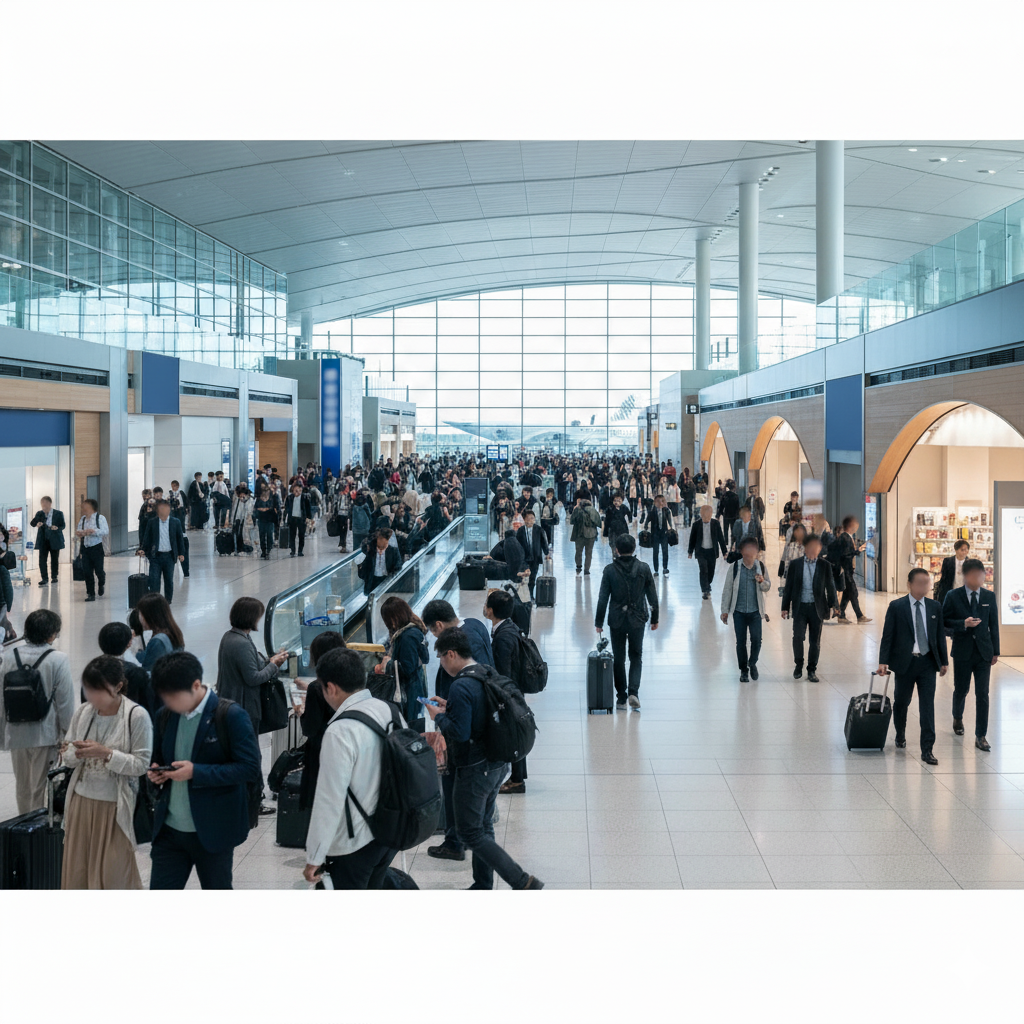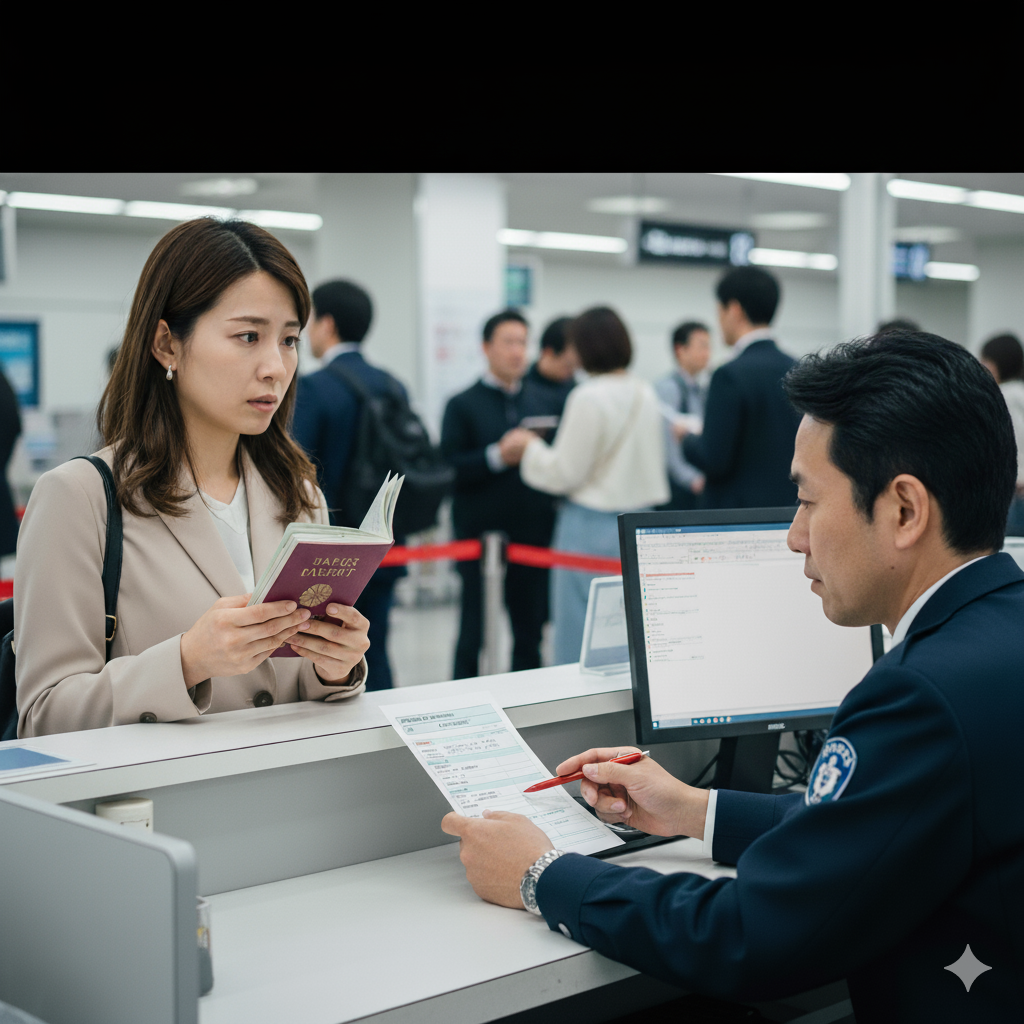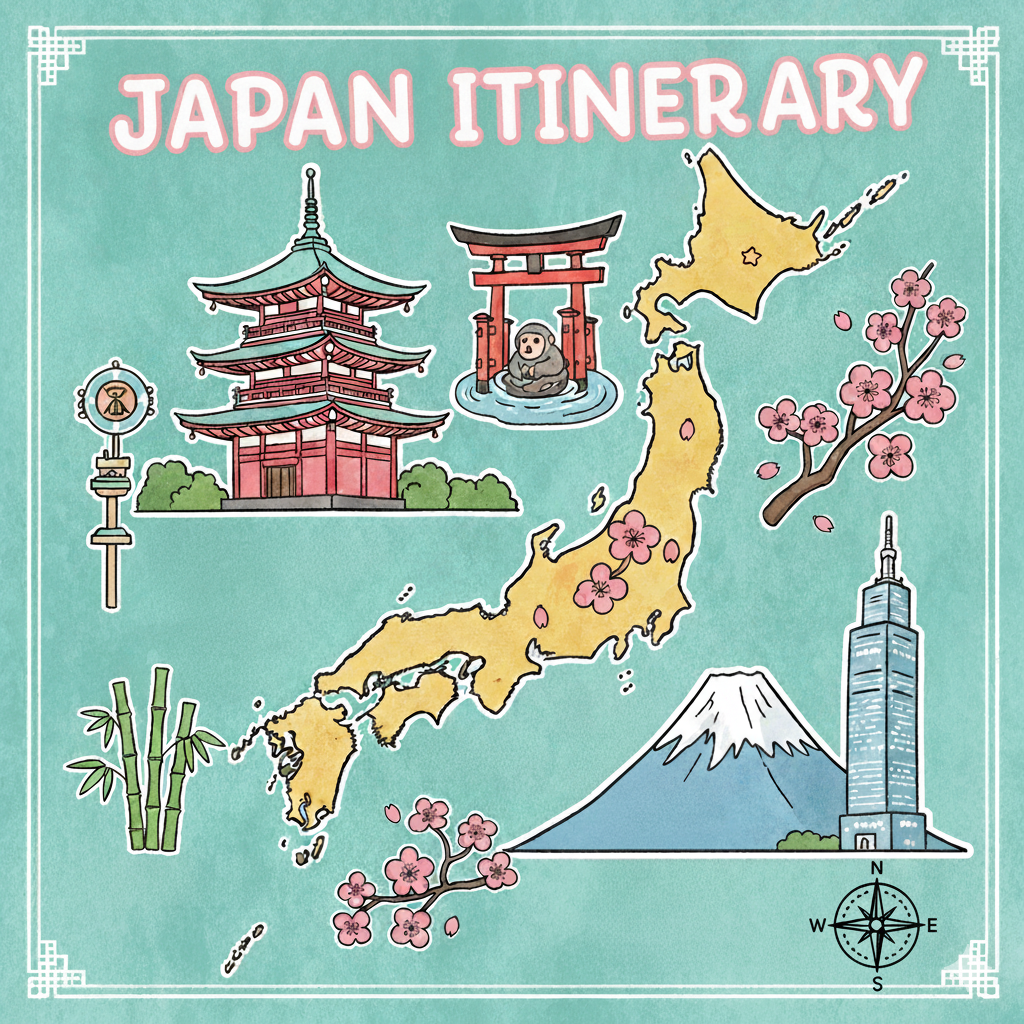Working Remotely from Japanese Cafes: Genius or Socially Unacceptable?

The dream of many digital nomads involves setting up shop in a cozy, charming cafe. When in Japan, the sleek, quiet aesthetic of its many coffee shops can seem like the perfect environment for remote work. But the reality of using a Japanese café as your temporary office is complex, often navigating a fine line between efficient genius and serious social faux pas.
The Allure: Why Japanese Cafes Seem Ideal
On the surface, Japanese cafes, especially major chains like Starbucks, Tully's, and Doutor, appear perfectly equipped for remote work. They often offer reliable free Wi-Fi, accessible power outlets, and a general atmosphere of quiet, focused concentration. Unlike the loud, bustling cafes common in some Western countries, Japanese establishments typically maintain a low volume, making them highly conducive to deep work. This inherent sense of order and quiet efficiency makes them incredibly tempting for anyone needing to open a laptop.
The Unspoken Rule: The Concept of Nagai-shi
The central conflict arises from an unspoken social rule in Japan: the aversion to protracted stays or nagai-shi (長居), which essentially means "long stay" or "loitering." In a country where space is at a premium and efficiency is highly valued, taking up a seat, especially a highly coveted counter spot with an outlet, for hours with a single coffee is generally frowned upon. Cafes, particularly smaller, independent ones (kissaten), are viewed as places for a quick social break or a moment of reflection, not extended office hours. While major chains may tolerate a longer stay, consuming multiple items or periodically ordering is the only way to make a long visit socially acceptable. Using a café as a meeting room is almost always unacceptable.
The Social and Technical Faux Pas to Avoid
Successfully working remotely in a Japanese cafe requires sensitivity and adherence to certain unwritten rules: Noise is the most critical rule; never take a video call, use a speakerphone, or conduct a loud meeting, as Japanese cafes are temples of silence. Secondly, avoid hogging space by spreading out belongings or using adjacent seats for bags and documents. Thirdly, you cannot occupy a seat for three hours on one cup of coffee; the acceptable rule of thumb is to purchase a new drink or snack every 60 to 90 minutes to maintain your status as a contributing customer. Fourth, treat power outlets as a temporary bonus, not a guaranteed feature, and never unplug another patron’s device. Finally, chains (Starbucks, Doutor) are more tolerant of laptop use; avoid working for long periods in small, family-run cafes or traditional kissaten, as these places rely heavily on high table turnover for their survival.
The Verdict: Calculated Risk
Is remote work in a Japanese cafe genius or unacceptable? It’s a calculated risk that leans toward genius, provided you follow the strict social contract. Using a cafe for a quick email check or an hour of focused writing can be highly effective. However, treating a Japanese café as a full-day office space, especially during peak hours, is considered rude and highly unacceptable by many local standards. The best strategy is to be discreet, silent, and consistently supportive of the business. Be a ghost: arrive, work efficiently, consume frequently, and leave the space exactly as you found it. When in doubt, always default to a shorter stay and more conservative behavior.
Do you plan to work in a specific part of Tokyo or Osaka? Knowing the area can help identify local rules.



